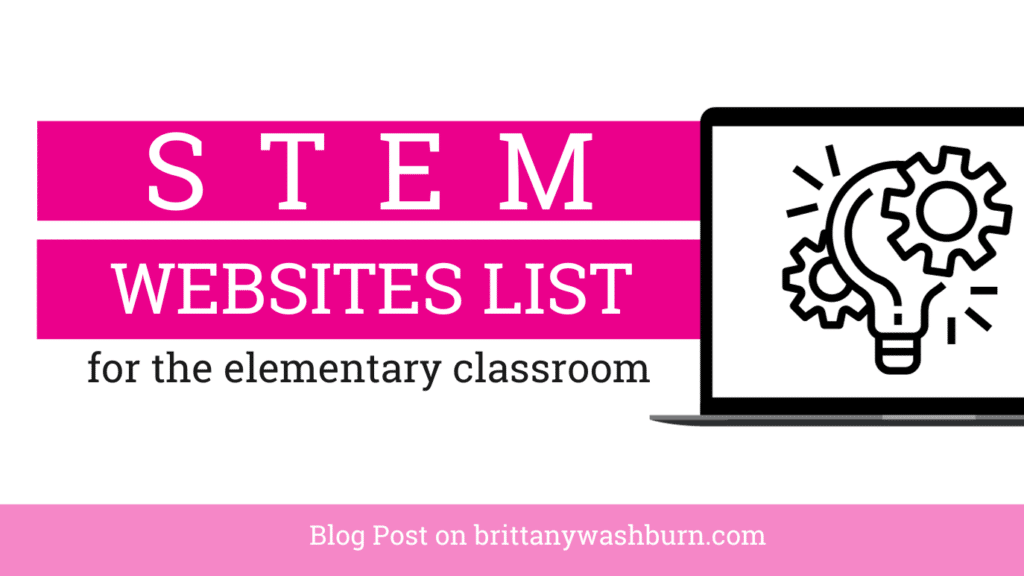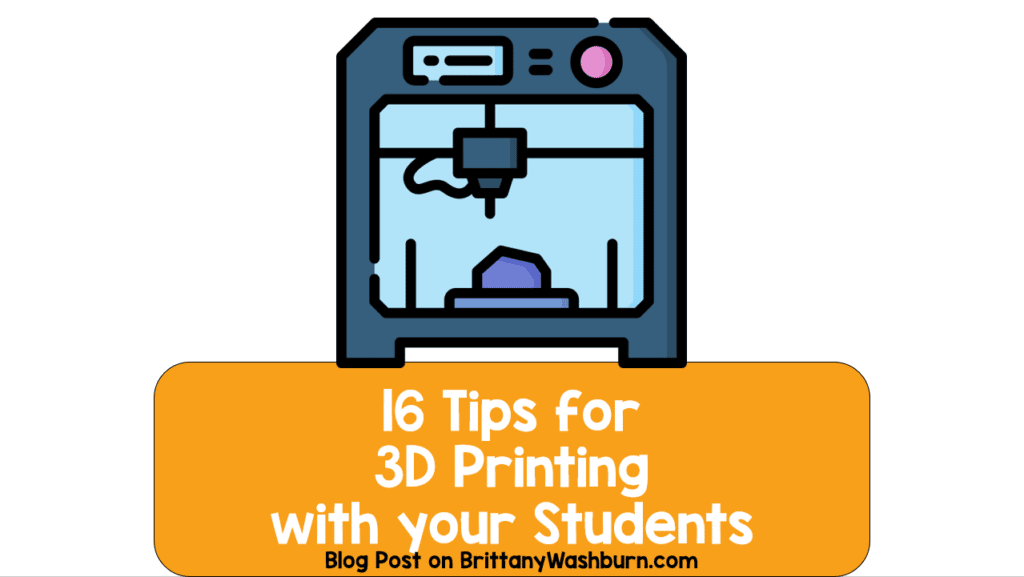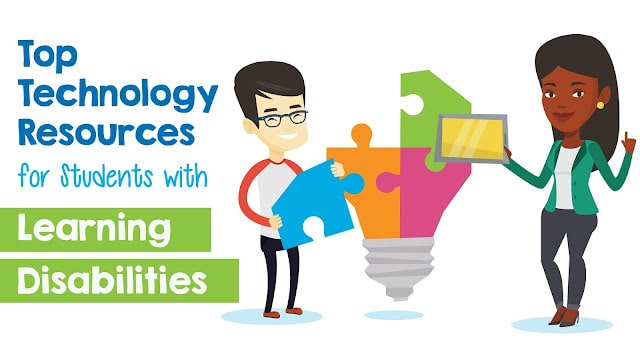Engaging Websites for Teaching STEM Concepts to Young Learners

In recent years, there has been an increasing emphasis on Science, Technology, Engineering, and Mathematics (STEM) education for young learners. However, traditional classroom-based learning may not always be the most engaging and effective way to teach STEM concepts. Fortunately, there are many websites available that provide interactive and engaging educational experiences for young learners. In this article, we explore some of the best websites for teaching STEM concepts to young learners. From coding and programming to robotics and AI, these websites are sure to spark the curiosity and creativity of young minds while providing a strong foundation in these critical subjects.
The Benefits of Using STEM Concepts Websites for Young Learners
Undeniably, using STEM websites for young learners has several benefits, including:
– Making learning fun and engaging
– Providing access to innovative and up-to-date resources
– Encouraging collaboration and teamwork
– Developing problem-solving and critical thinking skills
– Preparing young learners for the future job market
Future of STEM Education
Since we are moving towards a more technology-driven world, STEM education is becoming increasingly important. To prepare students for the future job market, we need to provide them with the skills and knowledge needed to succeed in STEM industries. By using innovative and engaging STEM websites, we can nurture young minds and encourage them to become the problem solvers and critical thinkers of tomorrow. In conclusion, these ten websites offer a wide range of resources and activities to engage young learners in STEM education. With the help of these interactive tools, children can develop a love for STEM and explore new concepts in a fun and engaging way. As technology continues to play an important role in our lives, introducing children to STEM education has surely never been more important. By incorporating these websites into their learning, we can better equip young learners to tackle the challenges of the future.
FAQ
1. Are these websites free to use?
Yes, all of the websites listed in this article are free to use. However, some of them may offer premium features or paid programs that are optional.
2. What age group are these websites aimed at?
Most of the websites listed in this article are ideal for young learners between the ages of 5-14.
3. Do these websites require any special equipment or software?
Most of the websites listed in this article only require an internet connection and a device such as a computer, tablet, or smartphone. However, websites that focus on robotics or AI may require additional equipment such as a robot kit or programming device.
4. Can these websites be used in conjunction with traditional classroom learning?
Yes, many of the websites listed in this article can certainly be used as a supplement to traditional classroom learning. Teachers can incorporate these websites into their lesson plans to provide an engaging and interactive way to learn STEM concepts.

1. Introduction to STEM Concepts and its Importance in Young Learners’ Education
What is STEM?
STEM is an acronym that stands for Science, Technology, Engineering, and Mathematics. It encompasses disciplines that most often involve critical thinking, problem-solving, and innovation.
The Importance of STEM Concepts in Young Learners’ Education
STEM education is essential for young learners as it helps to develop their analytical and logical reasoning skills, which are crucial for the 21st-century workforce. STEM also encourages creativity, teamwork, and communication, which are valuable skills for the future. The earlier children are introduced to STEM concepts, the better equipped they will be to face the challenges of the modern world.
2. STEM Websites for Teaching Coding and Programming to Young Learners
Code.org
Code.org provides free coding lessons for students of all ages, including young learners. They offer interactive activities that make coding fun and accessible to everyone, without any prior experience.
Scratch
Scratch is a visual programming language and online community designed for children aged 8 to 16. With Scratch, children can program their interactive stories, animations, and games while learning the fundamentals of coding.
Tynker
Tynker is another online platform that teaches coding to kids through interactive games and puzzles. With Tynker, kids can create their games, apps, and animations using block-based visual programming.
3. Websites for Teaching Science Concepts to Young Learners
NASA Kids’ Club
NASA Kids’ Club is an excellent platform for young learners to explore the wonders of space, learn about the latest space missions and research, and engage in interactive games and activities. It’s the perfect site for inspiring a love of science in young learners.
Science Buddies
Science Buddies provides more free resources and STEM activities for young learners, including science fair project ideas, experiments, and educational games. Their website has a comprehensive library of hands-on STEM projects that will help young learners to develop critical thinking and problem-solving skills.
Exploratorium
The Exploratorium is an online platform that similarly provides educational resources and STEM activities for young learners. It also offers a wide range of interactive exhibits, multimedia, and hands-on activities that promote critical thinking, creativity, and discovery.
4. Websites for Teaching Mathematics Concepts to Young Learners
Math Playground
Math Playground is an online platform that provides fun and engaging math games and activities for young learners. They offer a range of games that focus on different math concepts, from basic arithmetic to geometry and algebra.
Cool Math Games
Cool Math Games is a popular website that provides math games and puzzles for kids of all ages. It offers a range of games that focus on critical thinking, problem-solving, and logical reasoning skills.
Math Blaster
Math Blaster is an online learning platform that provides math games and activities for young learners. It offers games that range from basic to advanced math concepts, making it an excellent platform for learners of all levels.
5. Integrating Engineering and Technology into STEM Learning with Websites
The integration of engineering and technology into STEM learning can provide young learners with the skills and knowledge they need to become better problem solvers and critical thinkers. Here are a few websites that can help educators and parents integrate engineering and technology into STEM learning for young students.
– Engineering is Elementary: Another website from the Museum of Science, Boston, Engineering is Elementary provides educators with ready-to-use lesson plans, activities, and resources for teaching engineering to students in grades K-5. Through its innovative and interdisciplinary approach, Engineering is Elementary encourages young learners to develop their creativity and problem-solving skills.
– ScratchEd: ScratchEd is an online community that supports teaching and learning with Scratch, a popular programming language for creating interactive stories, games, and animations. ScratchEd provides resources and professional development opportunities for educators who want to integrate Scratch into their STEM curricula.
6. Websites for Teaching Robotics and AI to Young Learners
The field of Robotics and Artificial Intelligence (AI) is rapidly evolving, and it is now crucial to equip young learners with the knowledge and skills needed to succeed in this industry. Here are a few websites that can help educators and parents introduce robotics and AI to young learners:
– Robotics for Kids: Robotics for Kids is a website that offers online courses and camps for kids ages 7-17 to learn about robotics and programming. Through its hands-on, project-based approach, Robotics for Kids makes learning about robotics fun and engaging for young learners.
– Robot Virtual Worlds: Developed by Carnegie Mellon University, Robot Virtual Worlds is a website that offers simulated environments for teaching programming and robotics concepts. Through its immersive and interactive virtual worlds, Robot Virtual Worlds makes learning about robotics and programming accessible to young learners of all ages.
– RoboMind Academy: RoboMind Academy offers online courses and challenges for students to learn about programming and robotics. With its step-by-step tutorials and engaging challenges, RoboMind Academy provides young learners with a fun and interactive way to learn about the principles of robotics and programming.
7. Websites for Gamifying STEM Concepts for Young Learners
Gamifying STEM learning has been a significantly popular approach to engage young learners and make learning more fun and interactive. Here are a few websites that use gamification to teach STEM concepts to young learners:
– Khan Academy Kids: Khan Academy Kids is a free website and app that offers fun and interactive learning activities for kids ages 2-8. Through its engaging games and video lessons, Khan Academy Kids makes learning foundational math, reading, and social-emotional skills fun and accessible for young learners.
– CodeCombat: CodeCombat is a website that offers coding challenges and games for students to learn programming skills. Through its game-like interface and immersive storylines, CodeCombat certainly provides young learners with a fun and engaging way to learn about programming and computer science.
– Minecraft Education Edition: Minecraft Education Edition is an educational version of the popular sandbox game, Minecraft. With its engaging gameplay and open-ended learning environment, Minecraft Education Edition provides young learners with a fun and interactive way to learn about math, science, and engineering concepts.
8. Conclusion: Nurturing Young Minds with Engaging STEM Concepts Websites
In today’s world, STEM education is more important than ever. Young learners need to develop the skills and knowledge needed to succeed in today’s workforce, and STEM learning can provide them with the foundation they need. By using the websites mentioned above, educators and parents can indeed provide young learners with engaging and interactive STEM learning experiences that will nurture their minds and help them succeed in the future.
A Sample of My Own Resources to Teach STEM Concepts

STEM goes digital with these fun and engaging design challenges for each monthly theme. 5 engineering design websites and 60 challenges perfect for grades 3 and up.

Challenge your students during STEM or Makerspace time to complete the Pixel Art Designs using whatever small motor materials you have on hand. 3 Levels of Design Cards mean that you can use this with ANY grade level of students. Tons of photos included and ideas for materials to use.
Integrating STEM Education with EdTech: A Beginners Guide
Integrating STEM Education with EdTech represents a natural synergy that holds immense potential to compliment…
Tips for Using LEGO Education in Your Classroom
Ahh, LEGOs. We’ve probably all known the joy of building with them and the pain…
Engaging Websites for Teaching STEM Concepts to Young Learners
In recent years, there has been an increasing emphasis on Science, Technology, Engineering, and Mathematics…
16 Tips for 3D Printing with your Students
3D printing is a field full of so much possibility! Whether you’re just getting…
Digital Stop Motion Animation Tips and Tricks
Stop motion animation goes digital with fun and engaging design challenges! We all want our…
10 of the Best Upcoming STEM Conferences
Education conferences are a great way to learn tips and tricks for your teaching, find…















